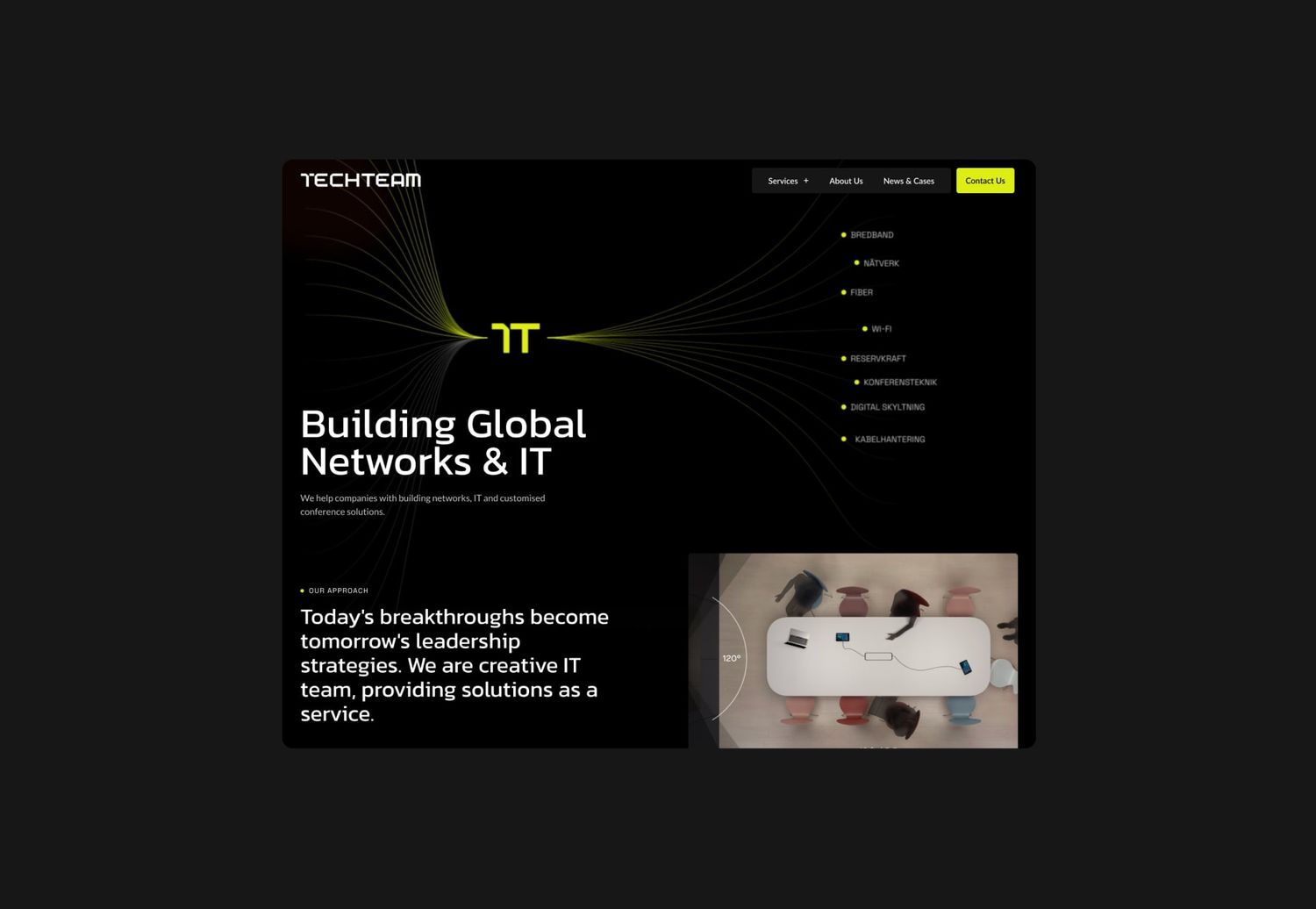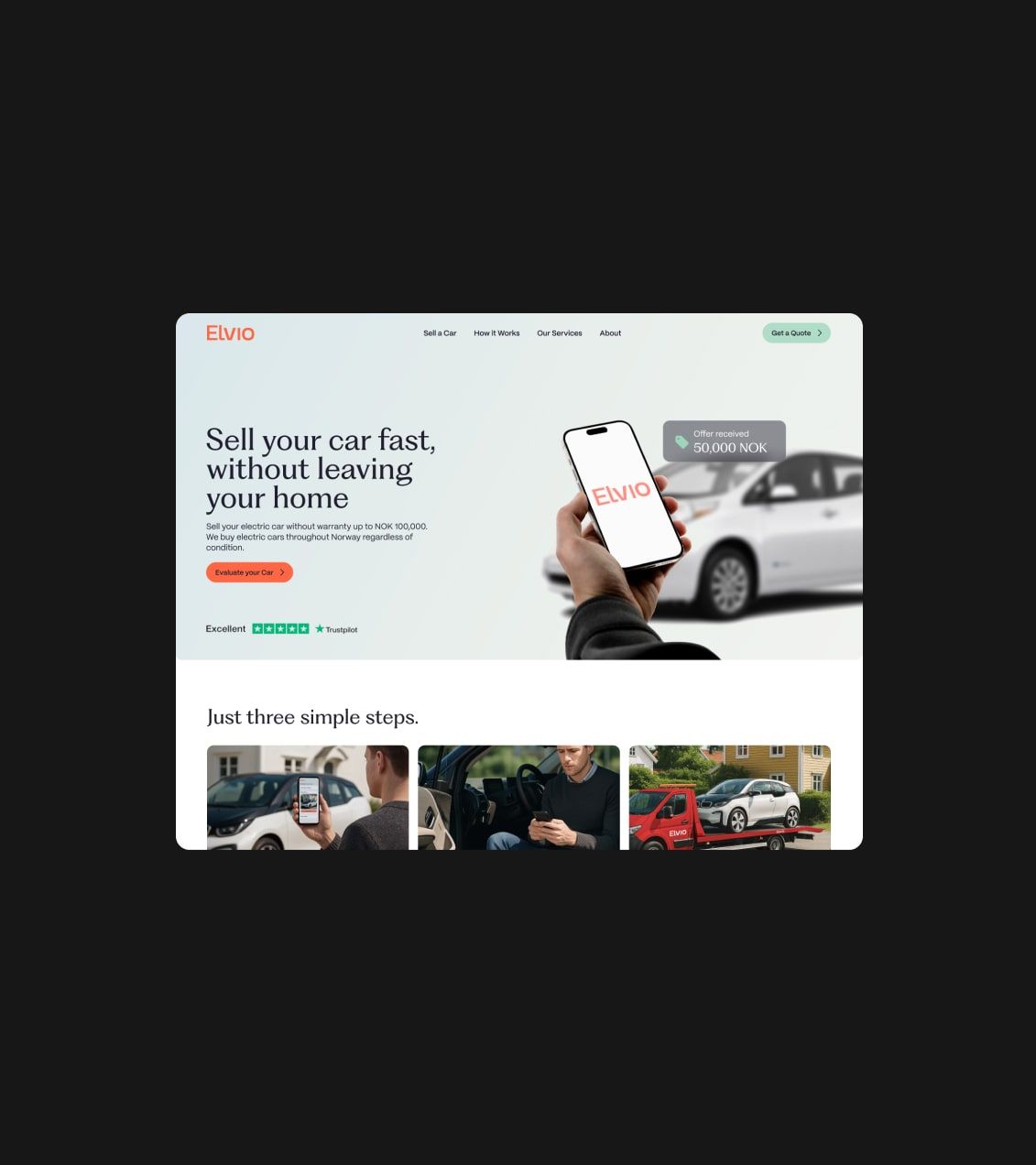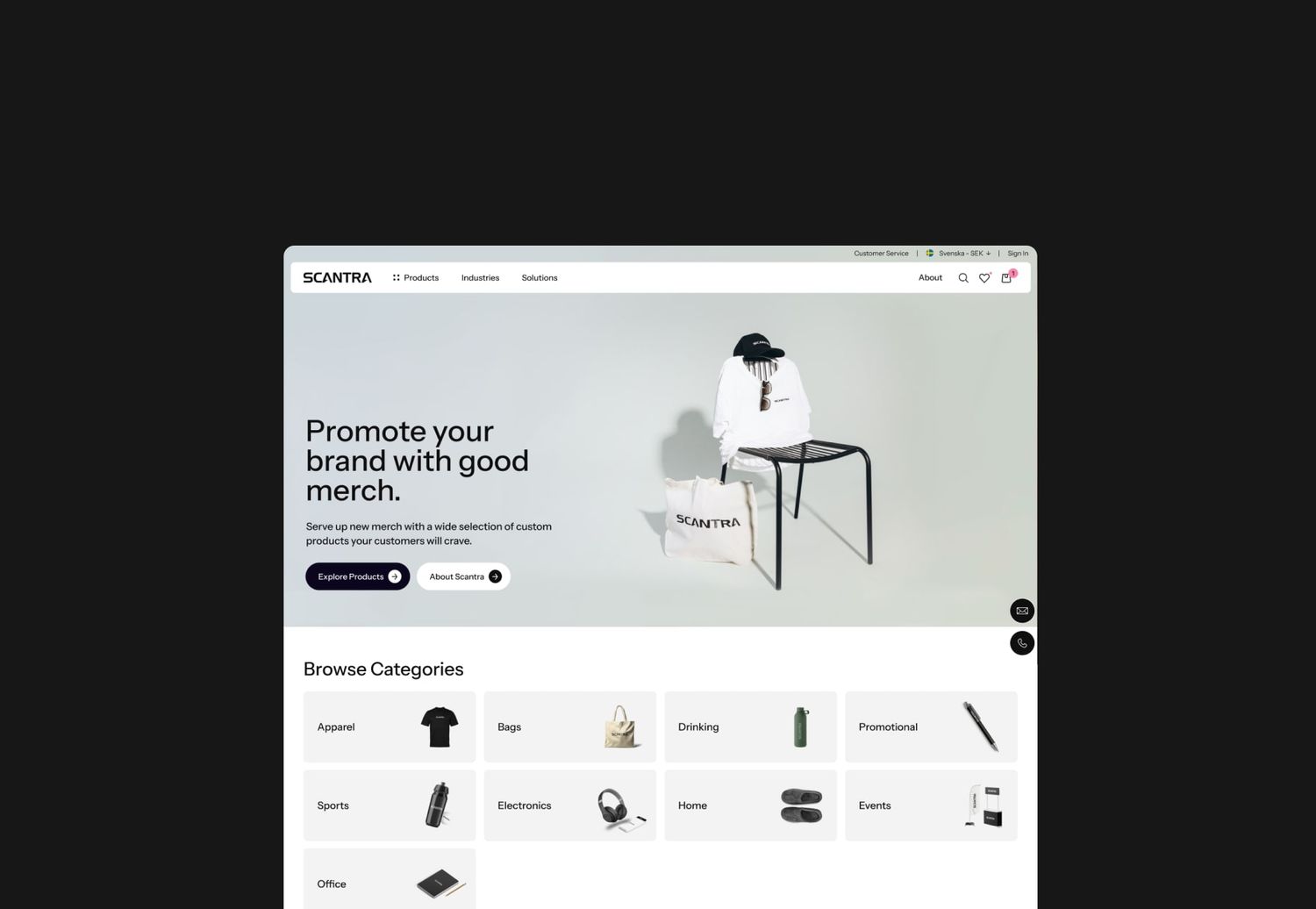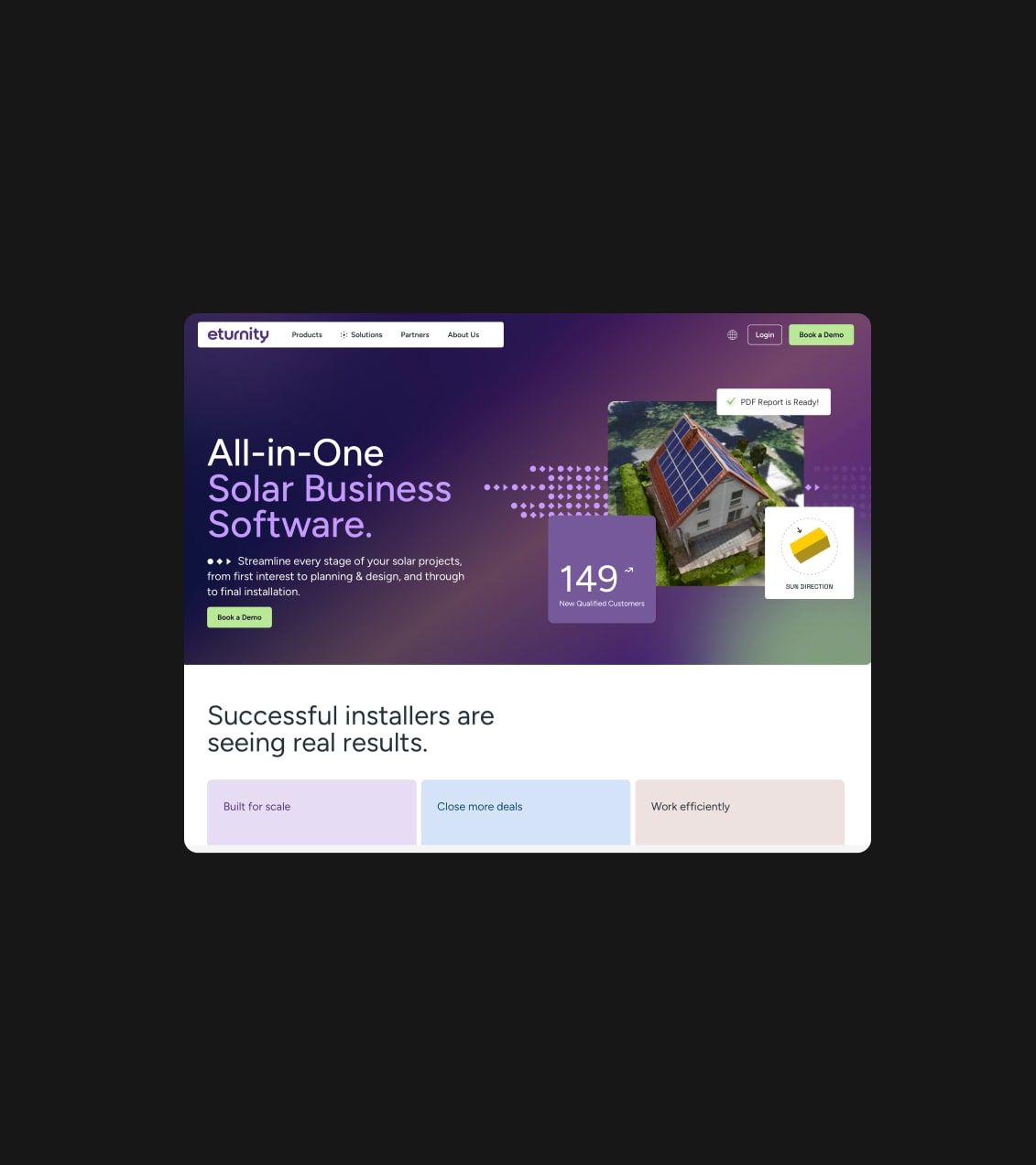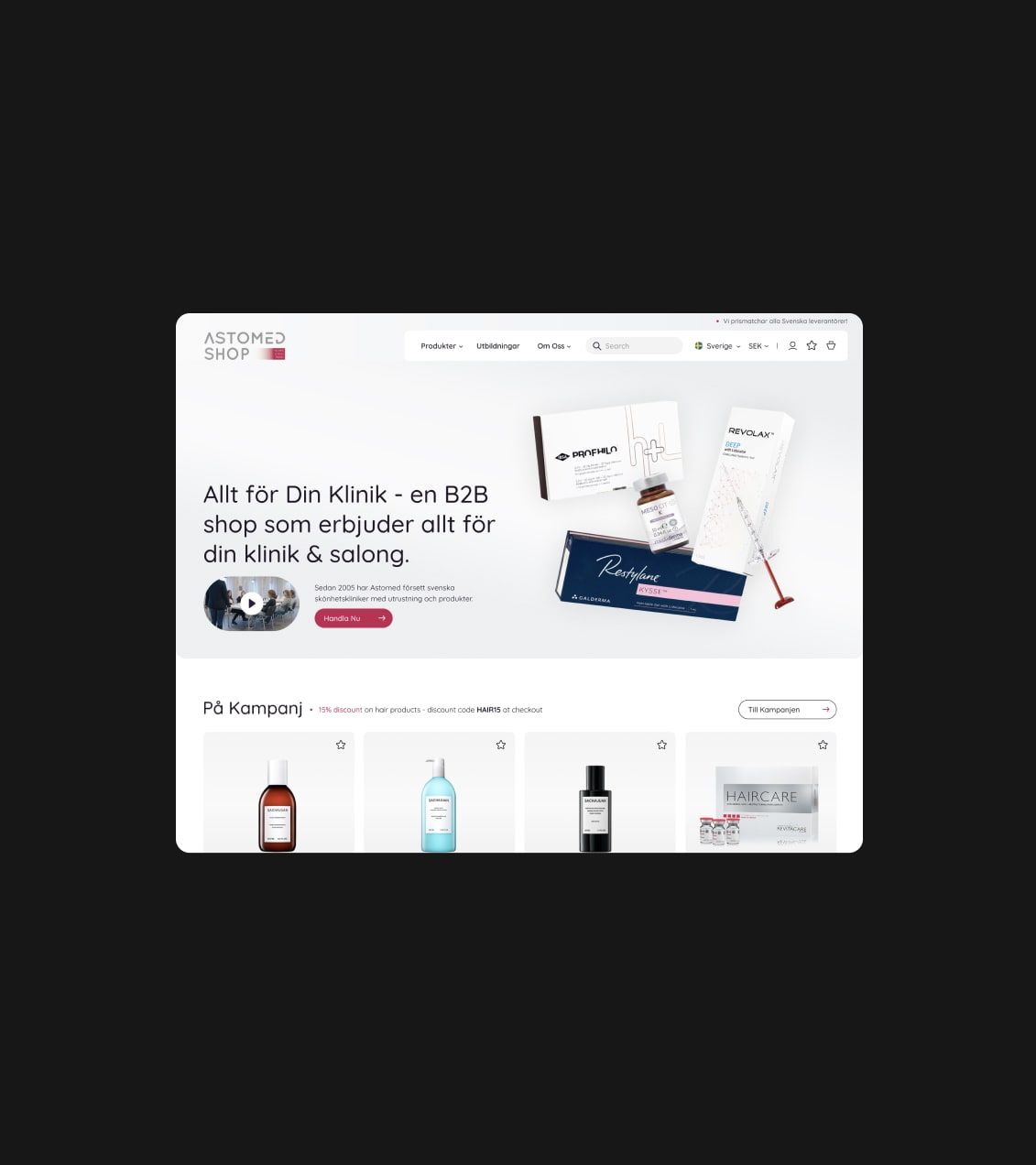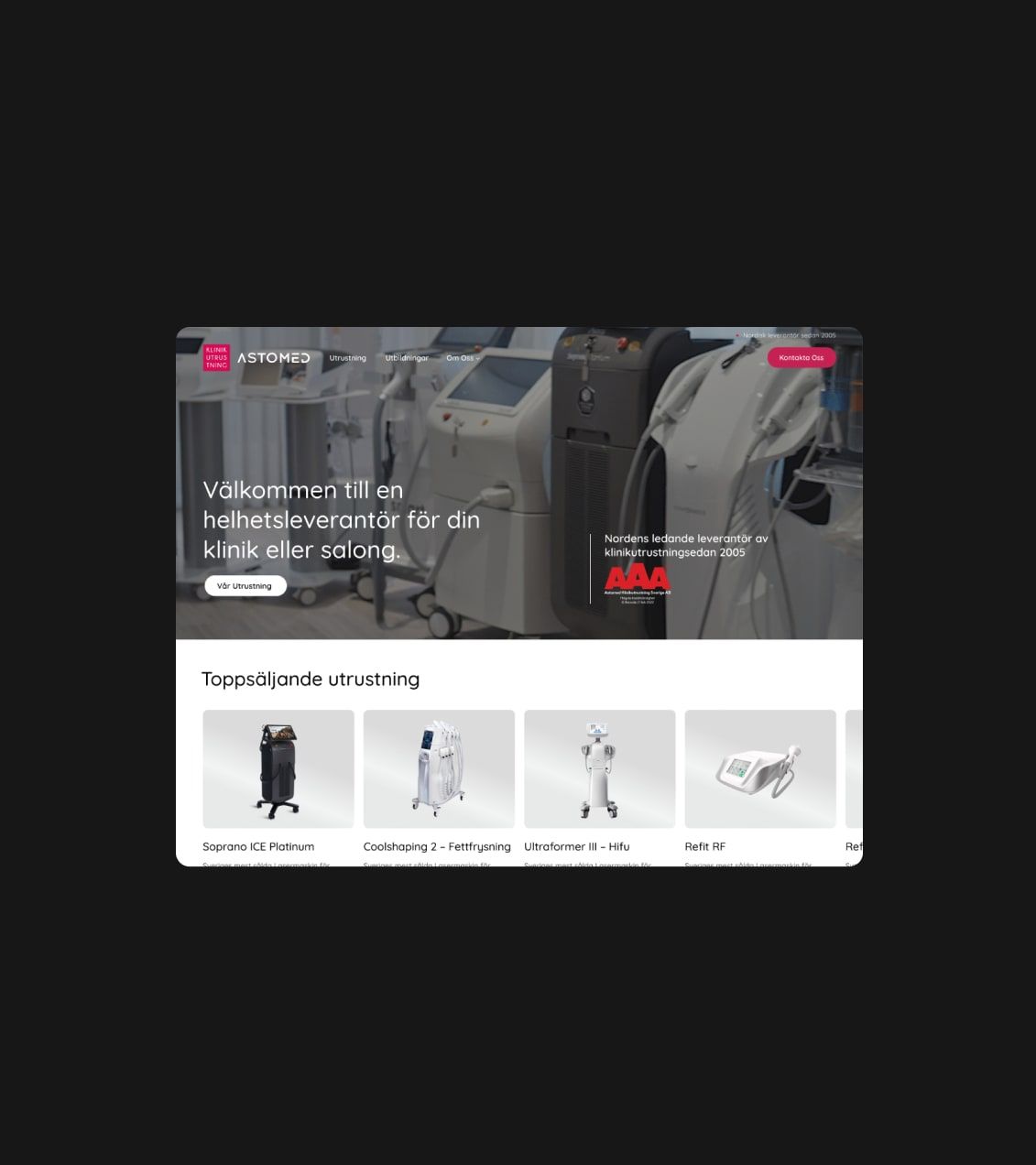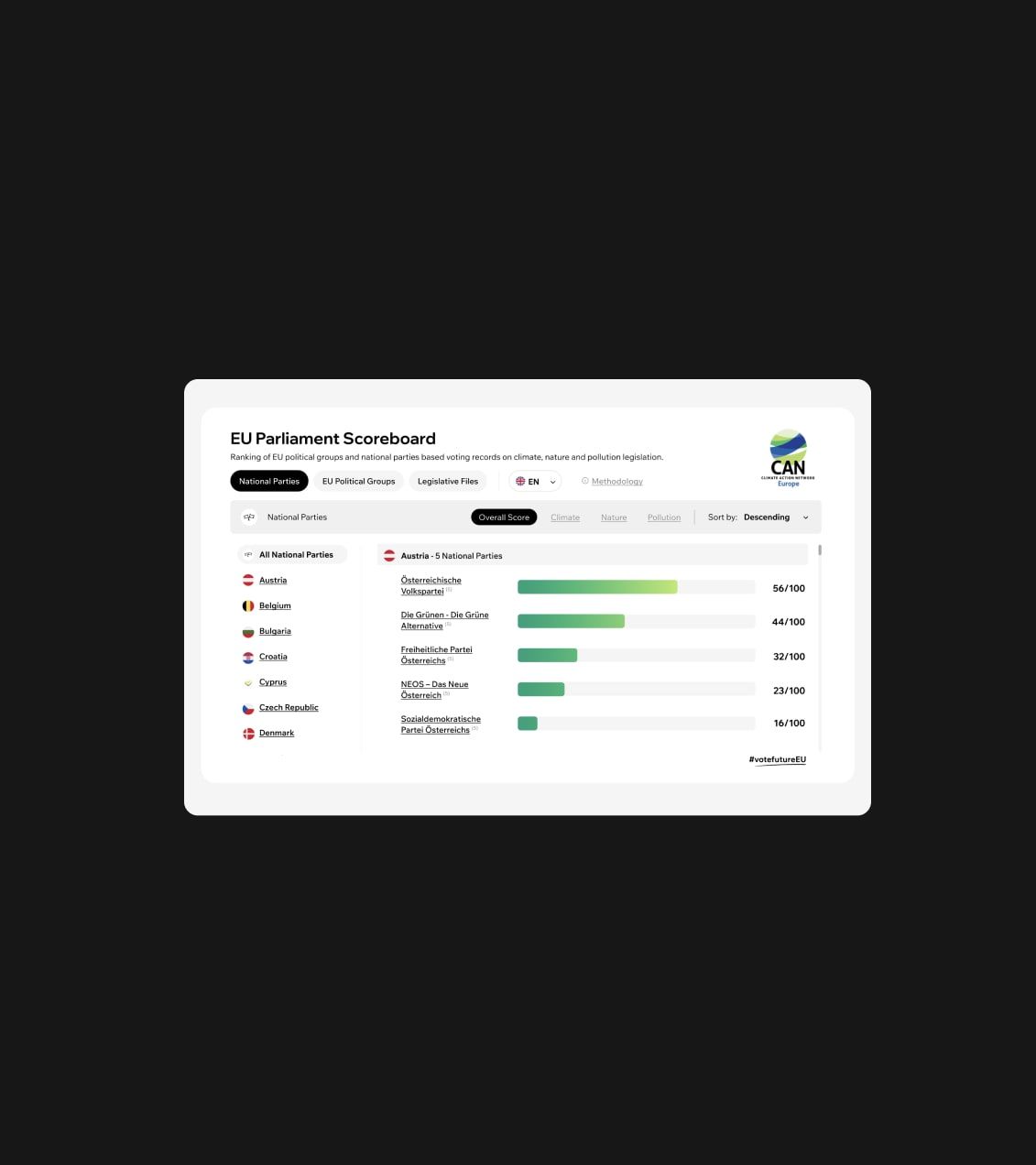
Website development using Headless CMS
The market for headless CMS is expanding rapidly, as demonstrated by data from The Insight Partners report – the annual growth rate (CAGR) for headless CMS solutions is projected to increase by an impressive 22.6% from 2020 to 2027, indicating significant growth in this area. But let’s start with understanding the basics of how it works in our simple, code free terms explanation of headless CMS.
What is headless CMS?
Well, it’s actually not the content management system itself, but the term used to describe how it works. It is a type of combination that lets you create, manage, and store content on one side, but doesn’t show that content to users directly. This means that you can build the website you want, it will be lightning-fast loading and without being limited by the constraints of a specific content management system.
Your website will perform as a static website and the data that will be showing on your website will not be pulled every time it loads, so the user experience will be on top.

There is also one more advantage of using it – multiple channels. Imagine a retailer that already has showcased his products on own website now wants to create a mobile app for customers to shop from. Instead of using different CMS or databases, the retailer can use a headless CMS to manage their product information, images, and descriptions, and then use different platforms to build unique experiences. This allows them to tailor the shopping experience to each platform and create a seamless, consistent user experience across different channels.
The top 9 benefits of using headless CMS
- Advanced flexibility and customisation – because the front-end will be separated from your CMS, we can choose any framework for the front-end, and by doing this, you will have more options as your digital product will grow. In simple words, you can change your design, or features in any moment without changing the CMS part of your project.
- Scale as you grow – headless CMS is a great choice for growing business, where they are able to make changes on the go, and don’t rebuild a project in full, because headless CMS can handle large amounts of content and traffic, making it suitable for high-traffic websites and complex content needs.
- Improved security – separating the content management from the website layout can be great for the security side of the digital product, because we are reducing the attack surface and allowing for more secure storage of content.
- Fast website loading speed – because the front-end will work separately at any requests, it will boost website performance a lot by reducing page load time and enabling caching.
- Faster time-to-market – by decoupling the content management from the front-end of the website, developers can build and launch new features faster as you need them in our new, fast-growing digital world.
- It will help to improve ranking – new architecture can improve search engine optimization (SEO), not only by enabling you to structure and optimise content more effectively, but also improving your web page loading speed, which impacts your rank in search engines.
- Easier third party integration – almost any features can be easily integrated with other systems and applications using APIs, which give us a great opportunity to be not locked with the features across one content management system.
- Push content to multiple channels – this means that you are not limited to where to show your content because it enables content to be delivered to any channel, including websites or mobile apps.
- Future-proofing – this is a future-proof solution for managing content, as it gives developers the ability to create custom front-ends and adapt to new technologies and platforms as they emerge.
Can my WordPress website be headless?
To use WordPress as a headless CMS, you would typically install the WordPress on your hosting, and then create a REST API request that exposes the content in a headless manner to your front-end part of website.
Once the API is set, you can use any front-end development framework, such as React or Svelte, to create a custom user experience that will be unique and fast while using powerful content management features of WordPress.
What is the development process of a headless CMS website?
Front-end development of project
As you may complete your steps, such as research, prototype and design of your digital product, we can start working on front-end part of the website, which will be used to display the content from the content system. We can choose any framework here and work with any design ideas that can come into our mind.
Choose and set up CMS
Select any CMS that fits the requirements of the project and configure it to store and manage the website’s content by defining content types, fields, and relationships. At this stage, if you already have a content, you can start populating it, which can include text, images, videos, and other media. If your website is not completely developed, but front end is ready, you can preview a website, using different tools for cloud rendering.
Make API integration of front-end and CMS
Develop the back-end of the website, which will be responsible for integrating with the CMS and retrieving content. Connect the front-end of the website to the back-end, using APIs to display content from the chosen CMS.
Summing up
Headless CMS has been gaining popularity over the past few years, and it is now becoming increasingly prominent. With the advent of Web3 and the decentralised web, headless architecture is poised to become the preferred method of future-proofing digital ecosystems. At Roud studio we are taking on more and more headless projects as companies realise how digital technologies can enhance their customer experience.

